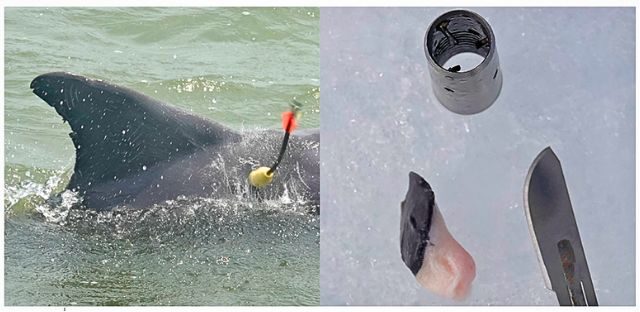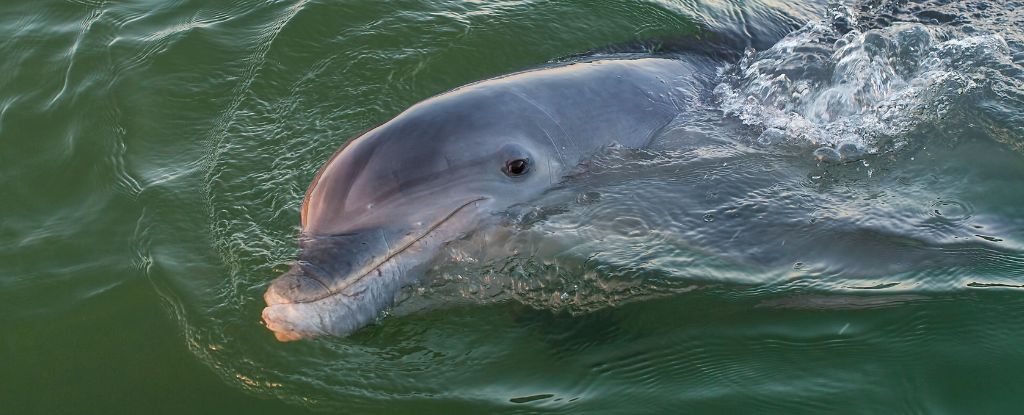Products You May Like
Just a few months after cocaine was detected in the bodies of sharks off the coast of South America, research has found fentanyl and other drugs in dozens of dolphins in the Gulf of Mexico, adding to a growing record of pharmaceuticals infiltrating our marine environments.
“Pharmaceuticals have become emerging micropollutants and are a growing global concern as their presence has been reported in freshwater ecosystems, rivers, and oceans worldwide,” says mammologist Dara Orbach from the Texas A&M University-Corpus Christi (TAMU-CC).
In 2020, TAMU-CC researchers routinely testing hormone levels in common bottlenose dolphins (Tursiops truncatus) were surprised to find multiple pharmaceuticals in the samples of cetacean fat tissue.
TAMU-CC biologist Anya Ocampos and colleagues have since run tissue samples from 89 dolphins through a mass spectrometer to see how widespread this contamination was.
The researchers found fentanyl — a painkiller 100 times more powerful than morphine – in 24 of the samples, including all post-mortem specimens taken from the six dolphins that had died. The sedative meprobamate and the skeletal muscle relaxant carisoprodol were also found in the marine mammals’ blubber.

As dolphins don’t drink seawater, these apex predators may have acquired the chemicals through their diet or absorbed them through their skin. What’s more, some of the drug-laced tissue samples were taken from living dolphins in 2013, suggesting this has been occurring for some time now.
“Dolphins are often used as bioindicators of ecosystem health in contaminant research due to their lipid-rich blubber that can store contaminants and be sampled relatively minimally invasively in live animals,” explains Orbach.
“We did find one dead dolphin in Baffin Bay in South Texas within one year of the largest liquid fentanyl drug bust in US history in the adjacent county. And the Mississippi dolphins comprised 40 percent of our total pharmaceutical detections, which leads us to believe this is a long-standing issue in the marine environment.”
More than a quarter of Earth’s rivers have also been found to contain pharmaceuticals at levels higher than what’s considered safe for aquatic organisms, with their waters contributing to concentrations of pollutants in marine environments.
While we are yet to dierctly measure the ecological impact of trace pharmaceuticals, their presence only adds to the wider problem of human-caused stressors that include plastics, chemical spills, dredging, ship traffic, noise pollution, and climate change. In 2021, Gulf of Mexico dolphins were found to be suffering ongoing health and reproductive consequences of the disastrous impacts of BP’s 2010 Deepwater Horizon oil spill.
Chronic exposure to numerous environmental stressors are known to compromise the immune systems of dolphins and whales. This can impact their health, cause trouble with their reproduction or lead to death.
“Chronic exposure to pharmaceuticals and their cumulative effects on marine mammals are not yet fully understood, yet their presence in three dolphin populations across the Gulf of Mexico underscores the need for large-scale studies to assess the extent and sources of contamination,” urges Orbach.
This research was published in iScience.
